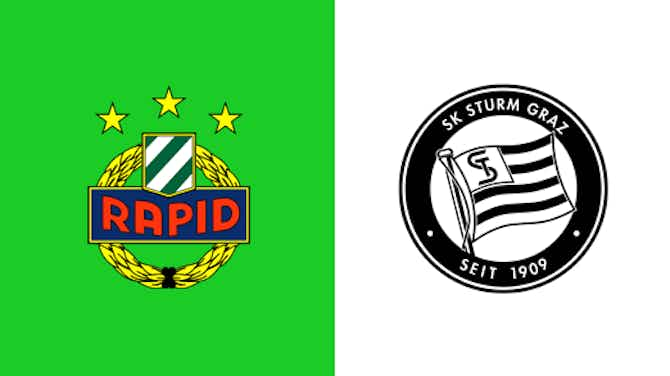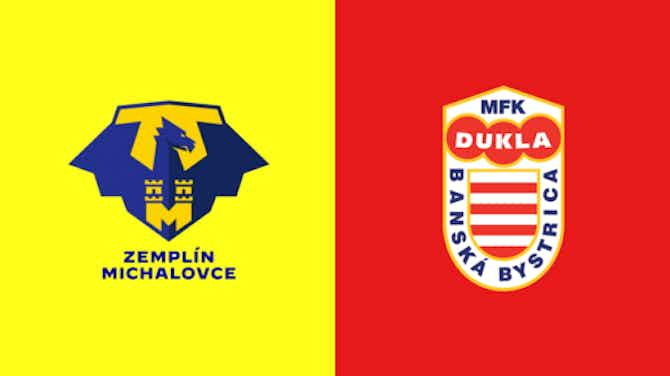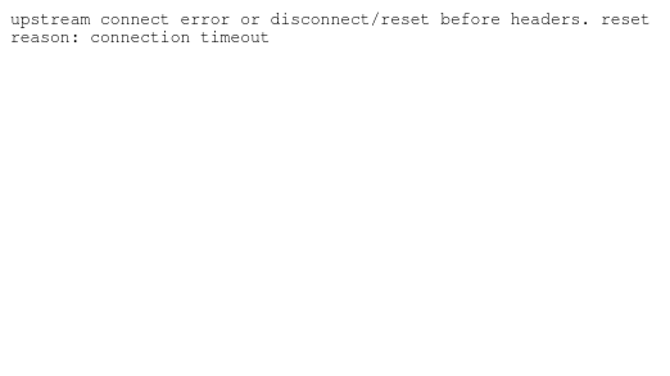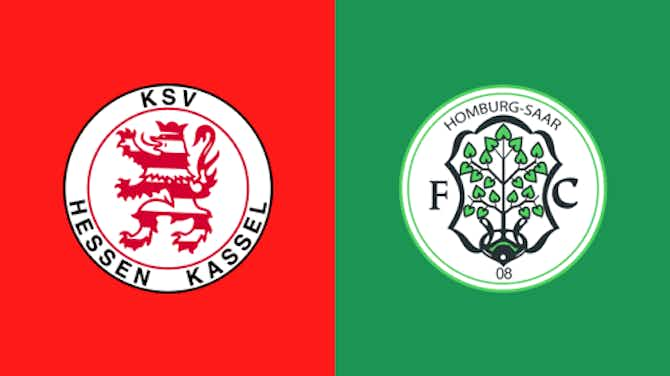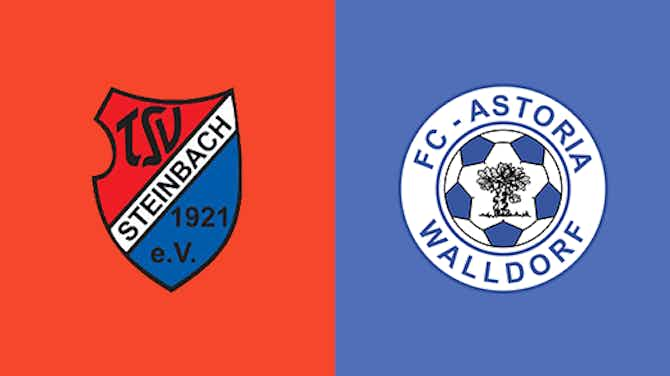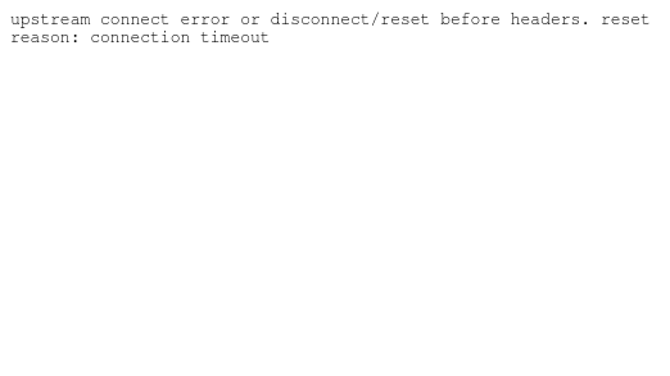FootballBH
·16 December 2020
Austrian Bundesliga 2020/21: RB Salzburg vs LASK – tactical analysis

FootballBH
·16 December 2020

After their loss last week to Admira, RB Salzburg conceded the lead in the Austrian Bundesliga for the first time since matchday two. LASK took their opportunity and climbed to the top of the table for the first time this season after coming close to their opponents in the previous year. LASK’s first game as the first-place team came away to RB Salzburg in a pivotal match for either side.
LASK started on the front-foot, bothering Jesse Marsch’s side with their high press. Johannes Eggestein headed home a cross in the first half giving Dominik Thalhammer and LASK the early lead. RB Salzburg bounced back in the second half, led by Mergim Berisha and Patson Daka, who both scored to give their side the lead. The home side dominated the rest of the game, solidifying the result with a third goal during stoppage time. This tactical analysis will break down LASK’s offensive tactics and their pressing system. The analysis will review RB Salzburg’s resurgent second half as they took over during the final 45.

Marsch went with his usual 4-4-2/4-2-2-2 with Cican Stankovic in goal. Andre Ramalho partnered with Maximilian Wober in the centre of the defense between Rasmus Kristensen at right-back and Andreas Ulmer at left-back. Mohamed Camara and Zlatko Junuzovic played in the middle of the midfield with Enock Mwepu and rising star Dominik Szoboszlai, rumored to clubs in Serie A, EPL, and La Liga, out wide. Two goal-scorers Berisha and Daka started at striker.
Thalhammer stuck with his tried-and-true 3-4-2-1/3-4-3 with Alexander Schlager in goal. Gernot Trauner anchored the back-line with help from Andres Andrade and Philipp Wiesinger. Rene Renner and Reinhold Ranftl played outside James Holland and Peter Michorl in the midfield. Eggestein joined Andreas Gruber and Thomas Goiginger at the top of the formation.
LASK opened the game with a high press that pinned their opponents back, leading to LASK’s first and only goal in the game. The pressing system differed slightly from their setup during most games.

The forward line started by staying very narrow, as seen in the image above. In most games, LASK’s forwards push incredibly high and wide while the central midfielders step up to take out the pivots. In this game, LASK’s forwards wanted to prevent the pass from Stankovic into either of RB Salzburg’s midfielders, one of which is Camara in this picture. Eggestein stepped up, with his cover shadow cutting that passing lane off. The two wide attackers had the responsibility to press the centre-backs whenever they inevitably received a ball during the buildup.

The pressing structure is clearer in this image. At the top of the formation, Goiginger just pressed Wober, forcing the pass to Ulmer out wide. When the ball went to the full-backs, LASK’s ball-side wide midfielder stepped up to press them while the other dropped deeper to balance the formation. In the picture above, Ranftl pressed Ulmer while Renner played much deeper across the field. Eggestein dropped down to cover Junuzovic as Ranftl also arcs his run to prevent an easy entry to either of the midfielders. Holland split the space between one of the pivots and Szoboszlai, returning to assist in the buildup. LASK’s central midfielders played deeper, making sure there is no easy ball into one of the four attackers, two strikers or two wide midfielders, for RB Salzburg. This relentless system worked well in the first half, preventing RB Salzburg from creating any long attacking moves in the opening period.

The defenders in the pressing system must play high to compress the field, resulting in LASK’s high line in the image above. Any of the centre-backs were aggressive in defence, stepping out of the back-line to challenge RB Salzburg attackers although they sacrificed their position. The defensive structure was vulnerable to long balls throughout the game, and RB Salzburg had some chances for their strikers from long balls over the back-line. Trauner is a smart defender, so the system works with his expertise at the center. Wiesinger and Andrade had to track the strikers in their outside runs, usually facing one-on-ones on the outside to prevent goals. This is a risky strategy in defence, but credit to LASK’s defenders for keeping the RB Salzburg attackers quiet during the first half.

Eggestein, circled in the image above, was the key in the system. His rotations at the top of the system made the press work. His communication and movement controlled the outcome of a defensive possession. While other players must do their job, the system broke down if one of the RB Salzburg midfielders received the ball in space. Because Michorl and Holland played deeper, Camara and Junuzovic could have more time and space to play a sweeping ball into an attacker if they could get the ball during the buildup. Eggestein’s rotations and communication were vital to cutting Camara and Junuzovic out of RB Salzburg’s buildup.

LASK maintained the press throughout the game, but as one would expect, they could not keep the intensity for all 90 minutes. During the second half, RB Salzburg got a better hold on the game with more sustained phases of possession, and LASK more often defended in their half. The five players in the image above continued to limit participation from Camara and Junuzovic, but the wide midfielders dropped off more to help their back-line. The vulnerabilities in the system ultimately trumped the strengths, as RB Salzburg scored twice on quick breaks to the attackers.
LASK’s high pressing system translates to a win if the attack can convert turnovers and possessions into goals before the opposition breaks through. RB Salzburg’s weakest line is its defence, and LASK entered the game with a strategy that produced enough chances to score more than one goal.

LASK did not build long possessions very often, but the structure in the image above provides insight into their attacking system. The two centre-midfielders came deep to assist in progression, but the wide midfielders stayed high. LASK benefitted from bypassing RB Salzburg’s press quickly through direct passes from either Trauner or Schlager into wide midfield areas in front of RB Salzburg’s back-line.

Once the ball reached the wide areas, LASK looked to do two things when moving into the final third. This image provides an example of one, where LASK’s three attackers all made runs at the RB Salzburg back-line in search of a through ball. If Renner or Ranftl had time and space to play a good pass, a well-timed run from any of the LASK forwards would lead to a goal. This first method could expose the RB Salzburg back-line before any players from the midfield could drop back to assist them.

This image diagrams LASK’s spacing in the attack. The three forward played in central areas between the RB Salzburg defenders. Each took a different space as the wide midfielders took up wide positions. The second way LASK looked to create goals was to get the ball into Renner or Ranftl wide for a cross into the box. The positioning of the three central attackers forced the four RB Salzburg defenders to stay narrow, leaving space in wide areas.

The focus for LASK attacks was speed. If they could break through the RB Salzburg press quickly, they could find vulnerabilities in their opponent’s back-line. Trauner at the centre of the defence had passing lanes open if one of the LASK forwards or wide midfielders dropped into a pocket of space. In this image, Goiginger dropped deeper to receive a pass in between the RB Salzburg midfield and defensive lines. When RB Salzburg lost possession, LASK attacked quickly on the counter, getting the ball into one of the five advanced players as quickly as they could. The pressing system created opportunities for LASK to score by playing on the counter, but the final pass often eluded them.

The left side was the place LASK looked to exploit. During their attacks, RB Salzburg involved their full-backs in advanced positions to assist their forwards. As a result, Ulmer but more often Kristensen was caught out of position. Kristensen was the real weak point for RB Salzburg in the match, and LASK hammered the left side throughout the game. Goiginger and Renner ran wild down the left-wing, especially on counters. Goiginger occupied the space Kristensen vacated in the image above as the right-back was much higher up the field. RB Salzburg adjusted as Camara began to cheat back and cover more for his teammate.

During the second half, LASK struggled to string together many coherent possessions. RB Salzburg took hold of the game and forced LASK defenders into hopeless long balls whenever they received the ball. LASK had some success attacking in central areas as they chased an equalizer toward the end of the game. Husein Balic replaced Andreas Gruber in the second half, and the substitute drifted into centre areas as he did in the image above. LASK had a few chances from attackers running into the space in front of RB Salzburg’s centre-backs.
RB Salzburg got off to a slow start in this match, but they grew into the game in the second half. In the end, their attack was too much for LASK to handle.

LASK prevented RB Salzburg from extended phases of buildup, but they also invited Marsch’s side to play long balls over their high line. Some of RB Salzburg’s most dangerous opportunities came from long balls to one of their strikers or wide midfielders at the top, especially during the first half. In this image, Daka made a run into the wide area on the right as Camara plays a ball over the LASK defensive line. LASK’s press meant their back three were concentrated toward one side, leaving a gaping space on the opposite side of the field. Daka, Mwepu, or Szoboszlai would make runs outside the wide centre-back into that space.

The space in front of RB Salzburg’s full-backs was the key area for unlocking LASK’s press. While LASK’s wide midfielder’s pressed RB Salzburg’s full-backs, a player who received from the full-back near the midway line as seen in the image above was unmarked. In this situation, Junuzovic played in the full-back spot, allowing Ulmer to occupy that space. Regardless of who it was, the player in that space forced one of LASK’s central midfielders or centre-backs to step up. With enough time, this player can play a dangerous through ball at an exposed LASK defensive line.

This image displays the threat RB Salzburg’s forwards posed to LASK’s back-line when one of their players can play a ball in that wide space. Szoboszlai on the far side had the most space as LASK’s back three shifted over to the ball-side. The young Hungarian served as a third forward, mostly as he looked for passes much higher. In the same position on the opposite side, Mwepu dropped deeper to assist with the buildup, although he would push up in the attack. Either of the strikers had space horizontally and vertically as the centre-backs spread apart to cover enough space. It is only through good one-on-one defending from the LASK centre-backs that RB Salzburg failed to score in the first half.

The wide areas proved the most fruitful areas for RB Salzburg’s progression. While Daka often ran off the outside shoulder of the wide centre-backs, Mwepu and Szoboszlai benefitted from the space out wide. In this image, Junuzovic found Mwepu in space down the right-wing who has enough time on the ball for RB Salzburg’s other players to join in on the attack. While LASK’s press created many issues for their opponent’s buildup, there were still certain areas of the field RB Salzburg could exploit.

One combination toward the end of the match was symptomatic of RB Salzburg’s evolution during the 90 minutes. Twice in the last fifteen minutes, Ramalho found Szoboszlai down the left-wing in space. Bothered by the high press to start the game, RB Salzburg adjusted and reacted in the second half. Marsch recognized the vulnerable areas of the field, and his players began to attack these areas regularly. Instead of long balls forced by the press which had only the hope of finding a target, Ramalho knew where and who he could find to expose the LASK defence.
LASK came out of the gates with an intense press, looking to defend their lead at the top of the Austrian Bundesliga table. RB Salzburg struggled to build real chances in the first half as they conceded a 1-0 lead at halftime. The home-side adjusted to the press, identifying the areas where they could find the most success and attacking them. With the result, RB Salzburg returns to the top of the Austrian Bundesliga, pushing LASK back down to second.


Live


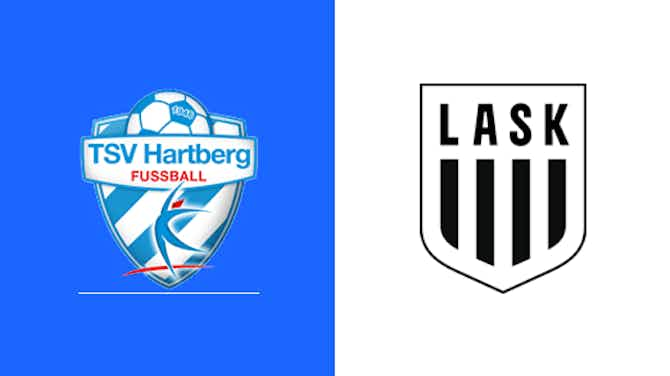

Live


